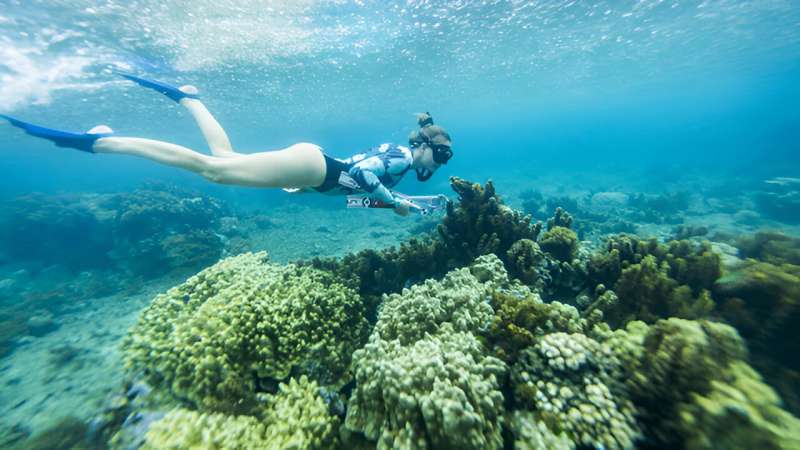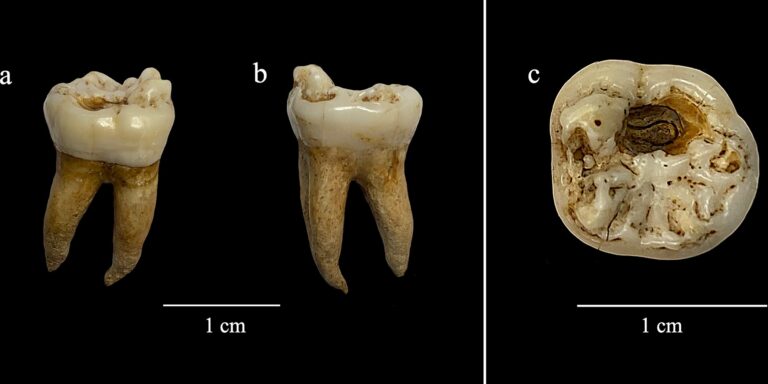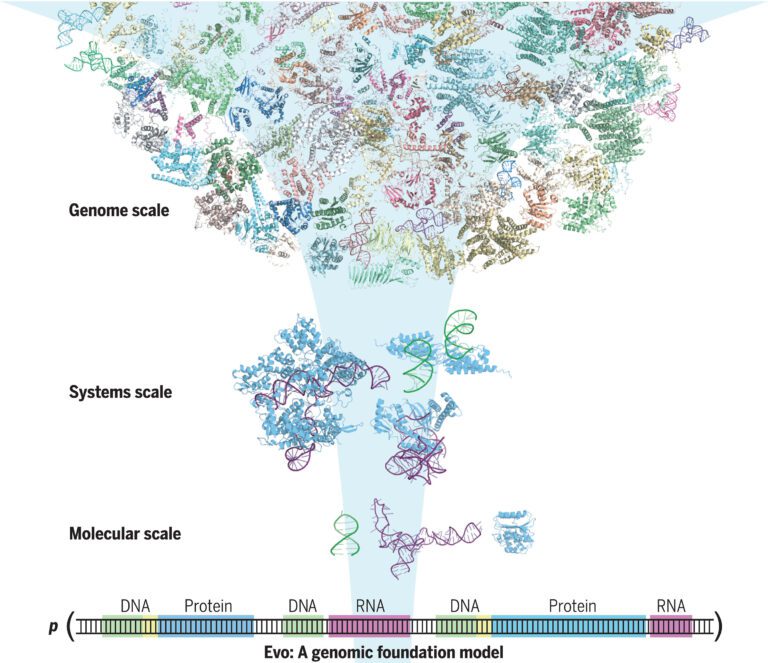

In preparation for the 2024 Olympic surfing competition, a new judging tower is being constructed in the reef lagoon at Teahupo’o, Tahiti. That construction poses a threat to the reef and its ecosystem, according to researchers from the University of Hawaiʻi at Mānoa, UH Hilo, Arizona State University and community partners in Tahiti. The group published a study in Remote Sensing that assessed the importance of protecting the valuable reef—both as an integral part of the ecosystem and a resource for the local community.
Although there is an existing judging tower used by the World Surf League, the Paris 2024 Olympic organizers intend to invest approximately US $5 million to construct a substantially larger tower to provide amenities for judges including toilets, air conditioning and capacity for 40 people.
“We hope the International Olympic Committee, appropriate government officials and the greater international community can see how devastating this impact will be to not only the valuable coral reef habitat, but also the local community who depend on this reef for their livelihood and well-being,” said John Burns, lead author of the study, UH Hilo associate professor in marine science and data science, and MEGA Lab member.
In addition to an assessment of the reef where the structure will be built, the team mapped the lagoon area where the reef is being dredged to accommodate barge transport of tower materials. This dredging could directly impact 2,500-square meters of the reef (about half the size of a football field). If this were to occur, the authors report, it could cause a financial impact of at least $1.3 million by damaging the live reef habitat.
The team’s impact estimates are conservative—only accounting for direct impacts and not including the potential financial impacts for communities who depend on these resources or the impact on the much greater lagoon area if water quality is affected.
Mapping the potential impact
The researchers teamed up with community members from Vai Ara O Teahupo’o and used 3D photogrammetry techniques to create high-resolution habitat maps of three sites that will be impacted by dredging and tower construction. The resulting mosaics were analyzed to quantify species diversity, coral colony count, coral colony size, and percent of the ocean floor covered by live coral and other living organisms.
The data show these sites support healthy and diverse coral communities that contribute to the ecological function of the larger reef system at Teahupo’o. In the 322 square meters (about the size of a tennis court) where the tower would be located, they identified the presence of 1,003 corals from 20 different species, indicating that this site is a thriving coral habitat.
“Although these organisms’ value will never be fully represented through a capitalistic lens, based on U.S. valuations used by the Hawaiʻi Division of Aquatic Resources, our data show the value of just the corals and algae at this small portion of the reef is estimated to be worth at least $170,000,” said Haunani Kane, co-author, assistant professor of Earth sciences in the School of Ocean and Earth Science and Technology at UH Mānoa, and MEGA Lab member.
“With information in hand about the ecological impact and community concern, we hope construction of the tower will be reassessed and also that these maps will help to hold any future disruptors accountable,” said Cliff Kapono, co-author, assistant professor at Arizona State University and MEGA Lab member. “There are alternatives to constructing a new tower, such as using the existing tower, which the World Surf League uses for competitions.”
More information:
John H. R. Burns et al, Community-Based Monitoring for Rapid Assessment of Nearshore Coral Reefs Amid Disturbances in Teahupo’o, Tahiti, Remote Sensing (2024). DOI: 10.3390/rs16050853
Provided by
University of Hawaii at Manoa
Citation:
Researchers say Olympic tower construction could damage Tahiti reef ecosystem (2024, March 13)
retrieved 13 March 2024
from https://phys.org/news/2024-03-olympic-tower-tahiti-reef-ecosystem.html
This document is subject to copyright. Apart from any fair dealing for the purpose of private study or research, no
part may be reproduced without the written permission. The content is provided for information purposes only.




